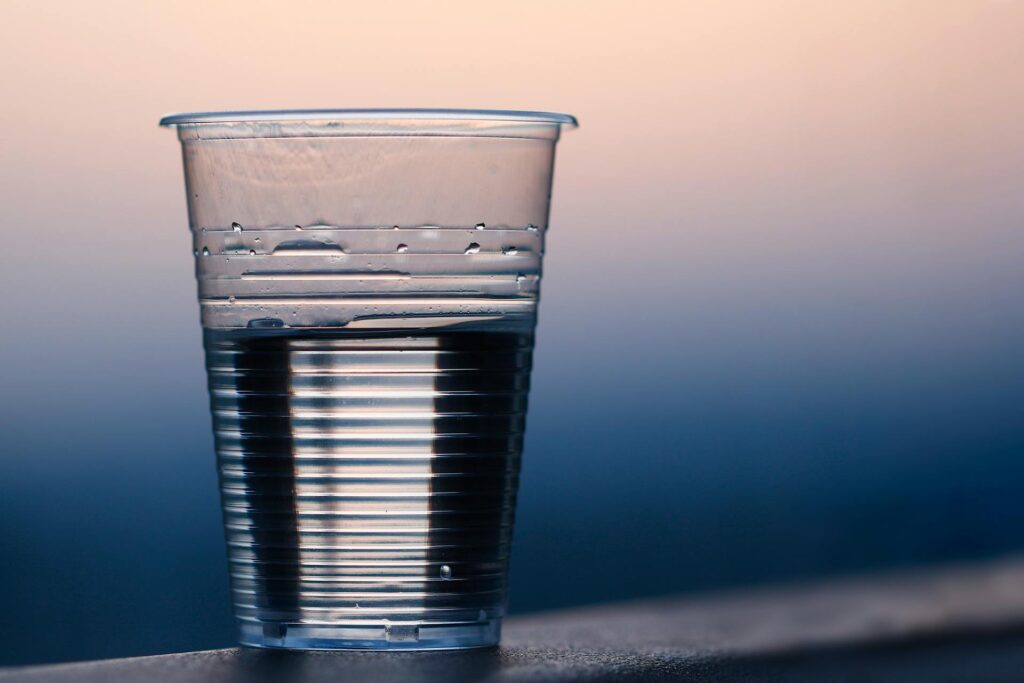
One of the significant challenges over the next decade will be ensuring both the quality and availability of drinking water. While much attention has rightly been focused on water scarcity due to climate change, droughts, and reductions in groundwater levels, there is another, less-discussed issue emerging: the increasing presence of emerging contaminants in our water supply.
Traditional water treatment facilities have historically measured water quality using standards developed decades ago. These standards primarily focus on factors like bacterial contamination, turbidity, pH, and salinity. While these parameters remain critical for assessing water safety, conventional treatment systems are ill-equipped to handle the more recent threats posed by emerging contaminants, such as microplastics, nanoplastics, persistent organic pollutants (POPs), nanomaterials, and forever chemicals, like PFAS.
PFAS: The “Forever Chemicals”
Per- and polyfluoroalkyl substances (PFAS) are synthetic chemicals used in various industries since the 1940s. These chemicals are highly resistant to breaking down in the environment, earning them the nickname “forever chemicals.” PFAS can accumulate in the body over time, raising long-term health risks even at low exposure levels.
PFAS are found in everyday products, from non-stick cookware, plastic containers and waterproof clothing to firefighting foams and personal care products. Due to their widespread use and persistence, PFAS have been detected in drinking water sources.
The health impacts of PFAS are alarming. Exposure to high levels of these chemicals has been linked to numerous adverse health effects, including increased cholesterol levels, liver damage, immune system suppression, and an elevated risk of cancers (especially kidney and testicular cancers).
Microplastics and Nanoplastics: Invisible Threats
Microplastics and nanoplastics have emerged as significant pollutants in both marine and freshwater environments. These particles originate from a variety of sources, including the breakdown of larger plastic waste, synthetic clothing fibers, and personal care products.
Studies have revealed microplastics in water sources worldwide, including tap water and bottled water. Their small size allows them to pass through conventional water treatment processes largely undetected. While research is ongoing, microplastics are suspected to pose risks to human health and ecosystem. They have been found in almost in every human organ and tissue tested, and there is concern that they may act as vectors for harmful bacteria and toxic chemicals. Additionally, nanoplastics, due to their smaller size, can more easily penetrate biological membranes, potentially leading to cellular damage.
Addressing Emerging Contaminants
On a global level, PFAS are regulated under the Stockholm Convention as part of its efforts to control and eliminate Persistent Organic Pollutants (POPs). This international treaty focuses on restricting the production, use, and release of harmful chemicals like PFAS, which persist in the environment and pose significant risks to human health. In parallel, plastics are undergoing a separate process toward the establishment of a standalone global treaty aimed at addressing plastic pollution comprehensively. Currently, the Basel Convention remains the only legally binding international agreement that governs the transboundary movement of plastic waste, aiming to ensure that its disposal and recycling are managed responsibly across borders.
Nevertheless, global treaties and regulations will have little impact on the day-to-day quality of water if they are not fully enforced and if their scope does not address the release of contaminants through secondary sources. For example, pollutants like microplastics and PFAS can enter water systems not only through industrial discharge but also through more subtle pathways, such as wear and tear of products (e.g., synthetic textiles, plastic packaging, and non-stick cookware), atmospheric deposition, or disposal of personal care products in the sewer system, to name a few. Without robust monitoring and enforcement mechanisms, even well-intentioned global agreements may fail to prevent the gradual contamination of water sources by these secondary pathways. Thus, effective implementation, coupled with comprehensive coverage of all potential sources of contamination, is critical for achieving real improvements in water quality.
Over the coming decades, municipalities and water treatment authorities must address these emerging contaminants by modernizing water treatment technologies. Advanced technologies are being developed and tested to better target contaminants like PFAS, microplastics, and other emerging pollutants.
Collaboration between municipalities, industries, and researchers will be essential to ensure that water treatment infrastructure can keep up with the growing challenges posed by these contaminants. Public awareness campaigns and stringent regulatory frameworks will also play crucial roles in mitigating exposure and ensuring the safety and quality of drinking water for future generations.
Contact us to discuss how we can help you with your needs for better quality water for municipalities.